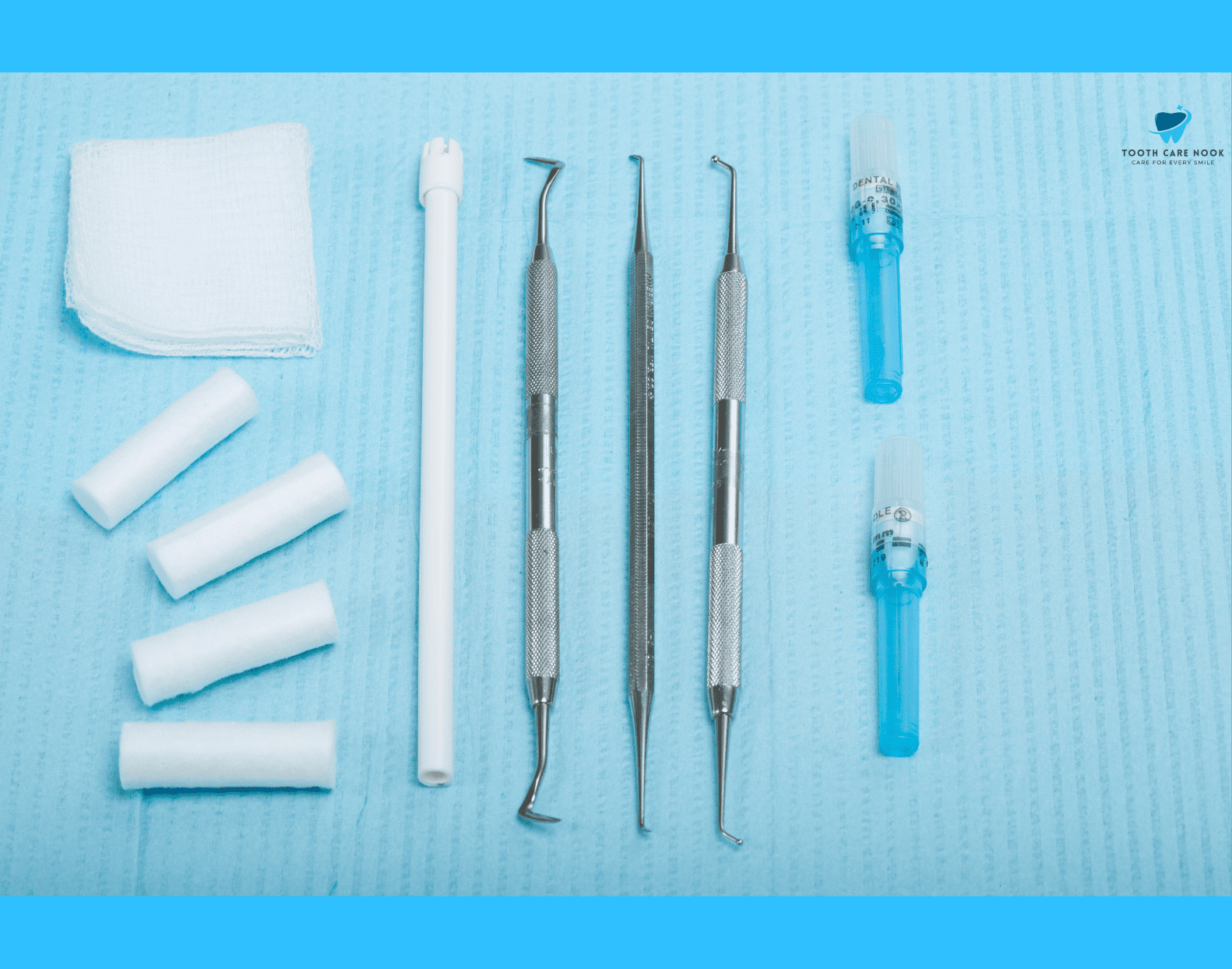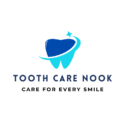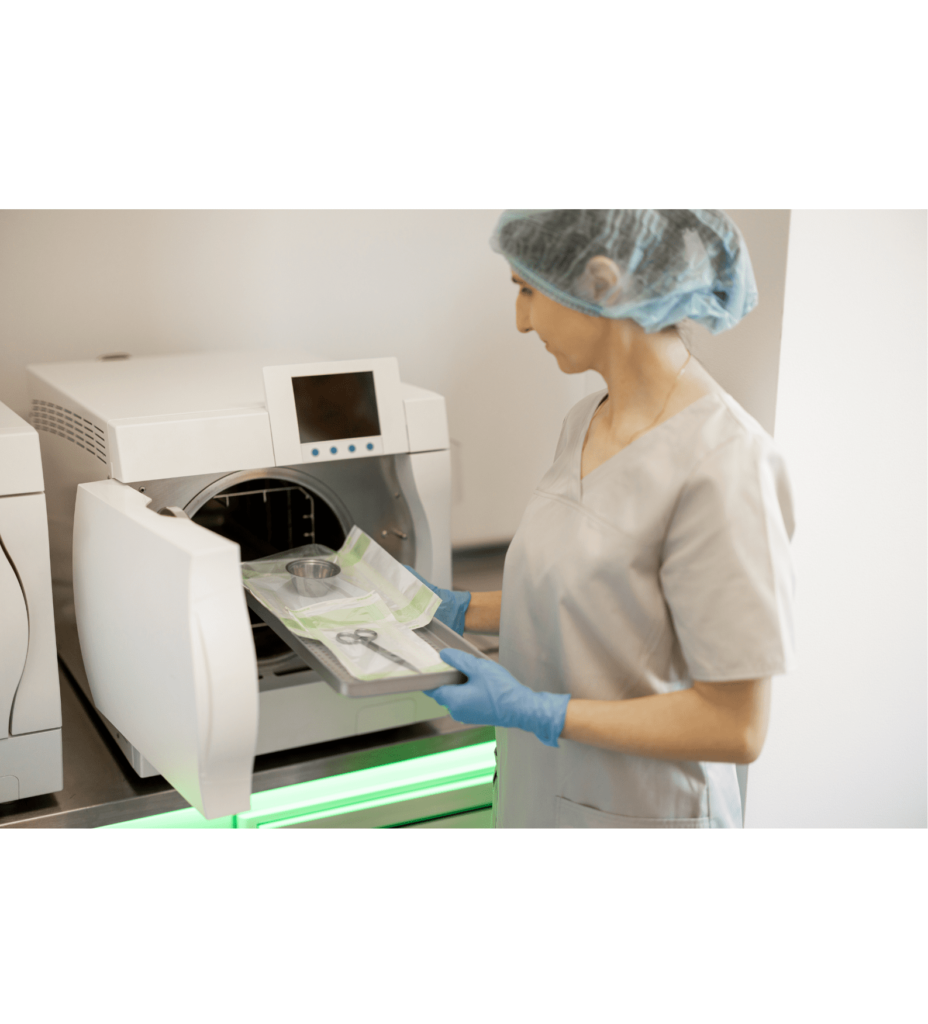How to Sterilize Dental Tools at Home?
Following are the steps to sterilize dental tools at home
- Rinse the tools under warm water to remove any debris. Use a brush and mild detergent to scrub them clean.
- Rinse the tools again with clean water to remove any soap residue and dry them completely with a clean cloth or paper towel.
- Soak the tools in a disinfectant solution, such as isopropyl alcohol which is 70% or higher, or hydrogen peroxide, for about 10-15 minutes.
- Place the tools in a pot of boiling water for at least 20 minutes to kill any remaining bacteria and viruses.
- Carefully remove the tools from the boiling water and let them cool on a clean surface. Store them in a sterile container or bag to keep them clean until use.
How to Disinfect Your Mouth?
Oral Hygiene:
Start by brushing your teeth thoroughly. Make sure to clean all surfaces of your teeth, including your tongue and the roof of your mouth.
Interdental Cleaning:
Use dental floss to clean between your teeth which removes food particles and plaque that your toothbrush might miss.
Antiseptic Rinse:
Rinse your mouth with an antimicrobial mouthwash to reduce bacteria and freshen your breath. Follow the instructions on the mouthwash label for optimal results.
Hydration:
Drink plenty of water throughout the day to help wash away food particles and bacteria which keeps your mouth clean.
What is the procedure for cleaning dental equipment?
The following are the steps followed by dentists for cleaning dental equipment :
Ultrasonic Cleaning:
Dentists start by undergoing a cycle in an ultrasonic cleaner. This device uses high-frequency sound waves and a cleaning solution to remove any remaining debris and contaminants from the tools.
Sterilization Cycle and Autoclaving:
After ultrasonic cleaning, the tools are thoroughly rinsed and dried. The disinfected instruments are then placed in an autoclave, a machine that uses high-pressure steam to sterilize them.
This uses high-pressure steam at temperatures above 121°C to kill all microorganisms which include bacteria, viruses, and spores.
Instrument Packaging:
Once sterilized, the instruments are packaged in sterilization pouches or wraps. This keeps them sterile until they are needed for use.
Storage and Handling:
The sterile instruments are stored in a clean, dry environment to prevent contamination. Dentists handle the tools using sterile techniques to maintain their cleanliness until they are used on patients.

What are the Tools and Equipment For Sterilization?
Here are the main tools and equipment that ensure that dental instruments are properly sterilized and safe for use:
- Autoclave.
- Ultrasonic cleaner.
- Sterilization pouches.
- Dental Instrument Washers.
- Sterilization wraps.
- Chemical disinfectants.
- Sterilization Wastewater Cooling.
- Sterilization Cabinetry.
- Dry heat sterilizer.
- Aseptic environments.
- E-beam system.
- Cleaning brushes.
- Steam sterilizers.
- Hydrogen peroxide and gas-plasma sterilization.
What is the Best Form of Sterilization in Dentistry?
In dentistry, the best form of sterilization is autoclaving. The dental autoclave procedure is highly efficient, reliable, and widely used in dental practices due to its ability to penetrate and sterilize various types of instruments and materials.
Also, steam sterilization does not leave behind any harmful chemical residues which makes it safe for both patients and dental staff.

